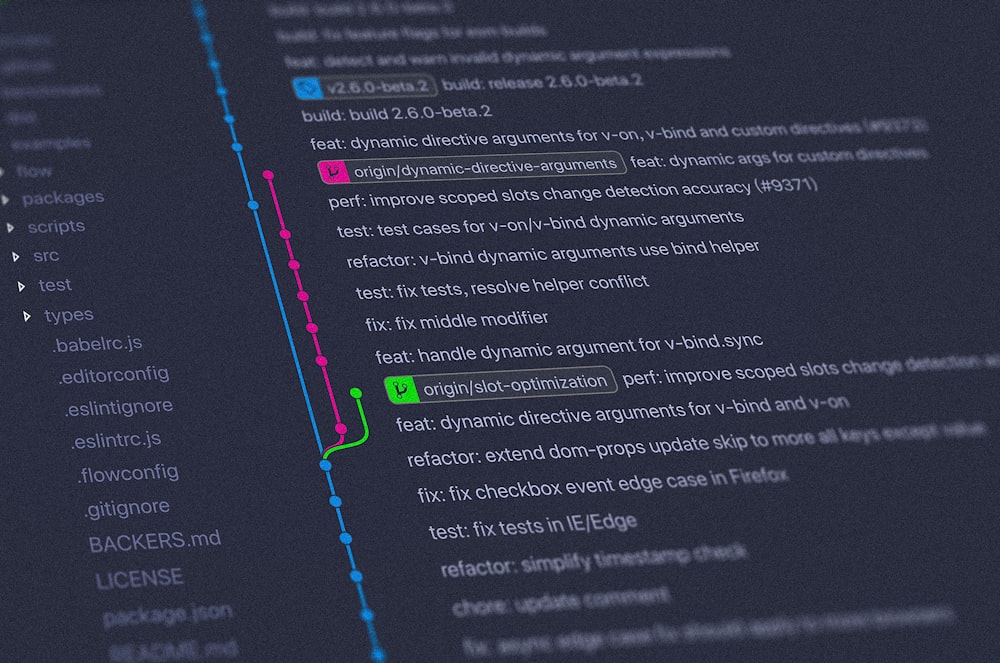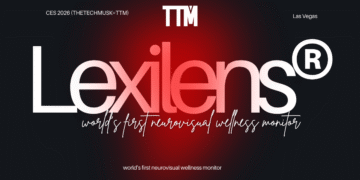Tensor is a free machine learning software that is an open-source-based library for numerical computation using data flow graphs. It is an end-to-end platform that builds and deploy machine learning models for you.
Well, if you are still struggling with what does it work for and why then let me more clear it to you. Basically, It’s a big library that you can empower your software with AI and ML. For example, you have the software, and you want it to make it AI-based. To do so, you need your datasets, data structures to get trained. Yes, you need to train up your datasets, coding unless you can not activate these as ML models. As a result, you can build ML-powered software. For this, also you need to input a data-library, where TensorFlow is a significant library to implement in your software.
It was born for initial use cases in internal Google. It has been using for research and production at Google. Meanwhile, the developer team is Google Brain, released in 2015. Furthermore, the particular focus of this software library is to train deep neural networks.
It is an available software for the platforms, such as desktops, clusters, mobile, edge devices, CPUs, GPUs, TPUs. Tensorflow enhances with a symbolic math library that is based on dataflow programming and differentiable programming.

Introduction of TensorFlow in Different Platforms
For JavaScript
You can use TensorFlow.js for creating new ML models and deploy the existing models with JavaScript consequently.
Working Timeline
-Run existing models
-Retrain existing models
-Develop ML with JavaScript
For IoT devices & Mobilephone
Here, running the inference with TensorFlow Lite on mobile devices; and devices like Android, iOS, Raspberry Pi, Edge TPUs.
Working Timeline
-Picking a model
-Converting into the compressed flat buffer
-Deploying
-Optimizing to efficient 8-bit integers
Swift in TensorFlow
With the Swift code-generation, TensorFlow enables here deep learning and differentiable programming also.
Working Timeline
-First-class auto diff
-New generation APIs
-High-quality tooling
For Production
By using TensorFlow extended, deploying a production-ready Machine learning pipeline for training and inference is easily possible indeed.
Working Timeline
-Ingesting & validating data
-Training & analyzing model
-Deploying in production

Features of TensorFlow
-Responsive Construct
-Flexibility
-Open-source
-Easily Trainable
-Event-logger with Tensorboard
-Layered components
-Training on parallel neural networks
-Availability of statistical distributions
TensorFlow probability is an open-source library for statistical analytics. Moreover, it provides integration of probabilistic ways with deep networks and gradient-based interface by using automatic differentiation as a part of the ecosystem of TensorFlow. These connect to hardware acceleration and distributed computation.
Key Specifications
Build an ML model easily
Building and training Machine learning models so accurately and easily by using the inherent high-level application programming interface(APIs) such as Keras with good execution. So, it makes the instant model iteration and debugging easier.
Vigorous machine learning production everywhere
It has a significant specification of having the ability to easily train and deploy models in the cloud, browsers, on-devices. As a result, there’s no inconvenience in using any language.
Robust experimentation for research purposes
Developers have built it full of simple and flexible architecture to generate new ideas from concept to coding and made the publication faster. Furthermore, it provides us the flexibility and control, such as Keras functional API, model subclass API for creating the complex topology.
TensorFlow is serving several pros and cons that you need to learn before exploring it also.
Deployment Overview
Mac- Installed
Windows- Installed
Web-Based, Cloud, SaaS- Installed
iPhone / iPad- not supported
Android- not supported
Pricing Overview
TensorFlow is an open-source platform, you can download it for free of cost. A free trial is available and gets started immediately.
Pros
Availability
You can do any piece of work here.
Graphing
It serves better computational graph visuals that are inherent. It is making the difference while comparing with software libraries such as Torch, Theano, etc., and making TensorFlow better.
Trustability
Companies like Airbnb, AMD, NVidia, eBay, Snapchat, Intel, Twitter, DropBox, and Google- all use TensorFlow, According to TensorFlow‘s website.
Library Management
It is better in management of the library while providing quick updates, seamless performance, immediate new releases with its fresh features.
Scalability
The hardware machine is a cellular device with much complexity, on where the libraries are deployed. You can also use it as a general hardware accelerating library.
Usefulness
If you want to pursue deep learning as a career, you must have to learn TensorFlow.
Unique approaches such as to monitor the training progression of your model and track several metrics also you can get from it.
Community Support
TensorFlow has significant community support across the globe.
TPU
It is reconcilable with Google’s Tensor processing unit(TPU) that can run tensor executions much quicker.
Cons
Difficulty in Debugging
General debugging processes may face some difficulty for TensorFlow’s odd structure. That’s how sometimes the errors you can hardly find using it.
Missing the Symbolic Loops
When variable-length sequence comes, this feature is more necessary. But TensorFlow does not offer this functionality. It is a low level, enriched with a steep learning curve.
Inconvenience for the Windows users
Most of us like and feel comfortable using Windows rather than Linux or other operating system environments. Here, TensorFlow can not satisfy these users for sure. But the matter of hope is that you can still install it through Conda, Python package library(PIP).
Benchmark Test
When comparing competitors of it, TensorFlow surprisingly lacks in both speed and usage. Also, it is lying behind in the computational speed. But it is still the right choice if we focus on the production environment rather than the performance of computation and others.
Big Requirements
It requires a good figure in machine learning, advanced calculus, and linear algebra also.
Conclusion
Hence, we can see the features and advantages are high in numbers behind its success. Meanwhile, TensorFlow has a flexible ecosystem of libraries and several tools, resources that let experts push to build and deploy machine learning. Also, it commits to helping build progress in the AI’s responsible development. This field enriched of artificial intelligence has brought a significant impact on several big companies that makes a collaborative development in the world indeed.























